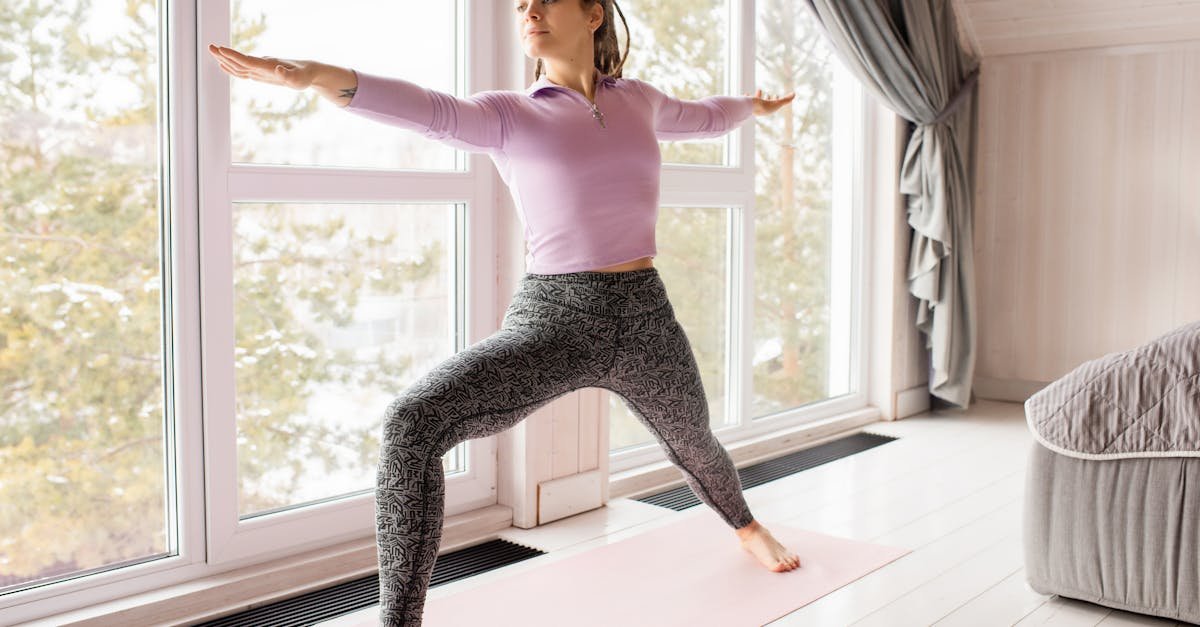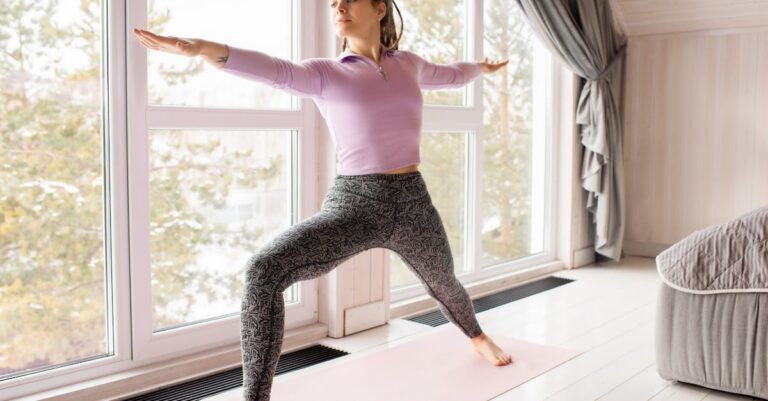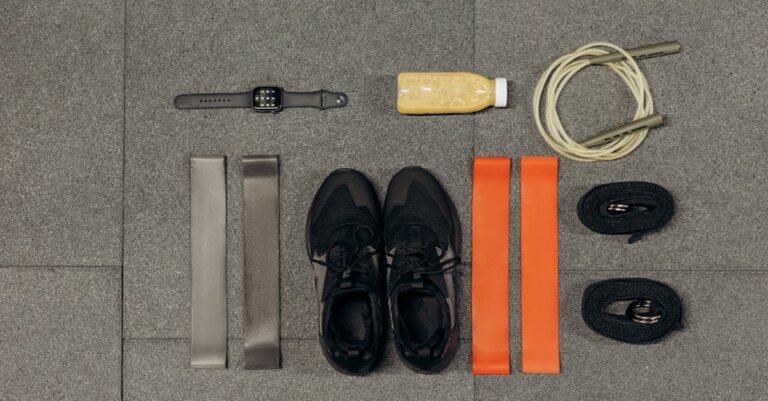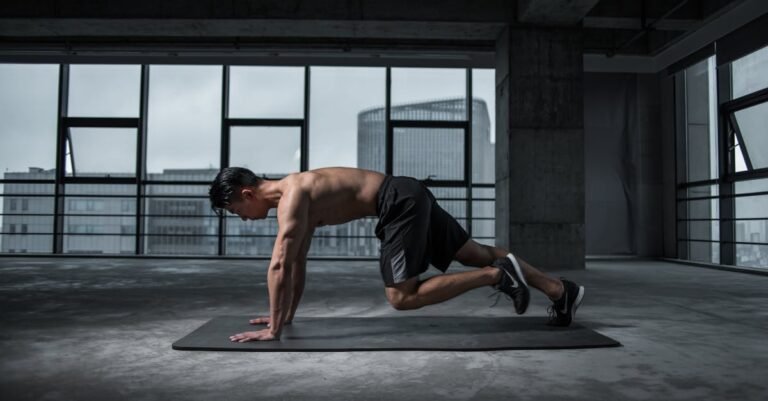Feeling like you want to get stronger, but the idea of stepping into a big, shiny gym feels kinda overwhelming? Or maybe your schedule is just jam-packed, and finding time to travel to a fitness center seems impossible. You’re not alone! Lots of folks want the awesome benefits of strength training – like feeling more energetic, making everyday tasks easier (hello, carrying all the groceries in one trip!), and just feeling more confident – but need ways to do it right from their living room. Good news! This article is your friendly guide to exactly that. We’ll walk through why getting strong at home is totally doable, what simple stuff you might need (spoiler: not much!), some killer exercises using just your body, and how to put it all together. By the end, you’ll have a clear game plan to start building strength without ever leaving the house.
Why Bother Getting Stronger at Home?
Okay, so why lift things or push against gravity? It’s not just about looking buff (though that can be a cool side effect!). Strength training is like giving your body superpowers for everyday life. Remember struggling to open that stubborn jar of pickles? Or feeling wiped out after climbing a few flights of stairs? Getting stronger helps with all that. It makes carrying kids, hauling laundry, or rearranging furniture feel way less like a chore. Plus, strong muscles help support your joints, can boost your metabolism (meaning your body burns energy more efficiently), and are even great for your bone health, keeping them dense and sturdy as you get older. Doing it at home just removes the hassle – no travel time, no waiting for equipment, and you can wear whatever you want!
Your Home Gym? Easier Than You Think!
When you hear “home gym,” you might picture a basement full of giant, expensive machines. Forget that! Seriously, your most important piece of equipment is… you. Your own body weight provides amazing resistance to build strength. Think about it: lifting your own body off the floor in a push-up or controlling it during a squat takes real muscle power. All you really need to start is a little bit of floor space – enough to lie down or take a big step – and comfy clothes. Maybe a water bottle nearby. That’s it! You don’t need fancy gadgets to begin making real progress. We’re keeping it simple and effective.
The Big Moves: Bodyweight Powerhouses
Let’s talk basics. These moves are popular for a reason – they work lots of muscles at once and build a great foundation.
- Squats: Imagine you’re about to sit down in a chair, but the chair isn’t quite there. Stand with feet shoulder-width apart, keep your chest up, and lower your hips back and down as if sitting. Go as low as feels comfy, then push back up through your heels. This rocks for legs and glutes!
- Push-ups: The classic! Start on your hands and knees if you’re new, keeping your back straight. Lower your chest towards the floor, then push back up. As you get stronger, try them on your toes. Works your chest, shoulders, and arms. Can’t do one yet? No problem! Start by doing them standing up against a wall – push away from the wall. Easy peasy.
- Lunges: Take a big step forward with one leg, lowering your hips until both knees are bent at about a 90-degree angle (like you’re proposing!). Keep your front knee over your ankle. Push off the front foot to return to standing. Repeat on the other side. Great for leg strength and balance.
- Planks: Hold yourself up on your forearms and toes (or knees if needed), keeping your body in a straight line from head to heels. No sagging hips or butts in the air! This fires up your core muscles, which help with stability in almost everything you do. Try holding for 20-30 seconds to start.
These exercises alone can give you a fantastic workout.
Spice It Up: Simple Tools, Big Results
Once you’re comfortable with the bodyweight basics, you might want a little extra challenge. This is where a few simple, inexpensive tools can come in handy.
Resistance bands are awesome. They’re like giant rubber bands that add resistance to moves like squats (loop it around your thighs) or rows (loop it around your feet and pull). They take up almost no space and are super versatile.
You could also consider getting a pair of dumbbells. You don’t need a whole rack! Start with a lighter weight you can handle with good form for maybe 10-15 repetitions. You can use them for things like bicep curls, overhead presses, or adding weight to your squats and lunges. Even household items can work in a pinch – think water bottles or sturdy bags filled with books!
Imagine a friend, let’s call her Maya. She started with just bodyweight squats. After a few months, she added resistance bands around her legs. Now, holding a single dumbbell while squatting gives her that extra push she enjoys. It’s all about gradual steps!
Building Your Workout Routine
Okay, you know the moves, maybe you’ve got a band or two. How do you put it all together? Don’t overthink it! Consistency is way more important than doing crazy long workouts, especially at first. Aim for maybe 2-3 strength sessions per week, giving your muscles time to recover in between.
A simple full-body routine could look like this:
- Squats: 2-3 sets of 10-15 reps
- Push-ups (wall, knees, or toes): 2-3 sets of as many reps as you can do with good form
- Lunges: 2-3 sets of 10-12 reps per leg
- Plank: 2-3 sets, holding for 20-60 seconds
- (Optional) Band Rows or Dumbbell Curls: 2-3 sets of 12-15 reps
Rest for about a minute between sets. Focus on feeling the muscles work and controlling the movement. Don’t just rush through it!
Ouch! Good Pain vs. Bad Pain (And Why Rest is Awesome)
When you start strength training, you might feel some muscle soreness a day or two later. This is called Delayed Onset Muscle Soreness (DOMS), and it’s usually normal – it means your muscles worked hard! It feels like a general ache or stiffness. That’s the “good pain.”
However, sharp, sudden, or persistent pain, especially in your joints, is *not* good. That’s your body saying “Stop!” Pay attention. Always prioritize good form over lifting heavier or doing more reps. If something hurts badly, stop doing it and maybe get it checked out if it doesn’t improve.
And guess what? Muscles don’t get stronger *during* the workout; they get stronger *while resting* afterwards. Rest days are crucial! They let your muscles repair and rebuild, which is how you gain strength. So don’t skip ’em!
Keeping the Fire Lit: Staying Consistent
Starting is one thing; sticking with it is another. Let’s be real, sometimes the couch looks *really* appealing. How do you stay motivated?
- Schedule it: Treat your workouts like important appointments. Put them in your calendar.
- Start small: Even 15-20 minutes counts! It’s better than nothing and builds the habit.
- Track your progress: Notice when you can do one more push-up, hold a plank longer, or use a stronger band. Seeing improvement is super motivating! Maybe jot it down in a notebook.
- Find a buddy: Even if it’s just texting a friend, “Did my workout today!” can help keep you accountable.
- Mix it up: Try different variations of exercises or add new ones occasionally to keep things interesting.
- Remember your ‘why’: Why did you start? To have more energy? To play with your kids easily? Keep that reason in mind when motivation dips.
It’s okay to miss a workout sometimes. Life happens! Just get back on track with the next scheduled one. Don’t let one missed session derail you.
So there you have it! Getting stronger at home doesn’t need to be complicated or expensive. It’s totally possible to build real strength and enjoy all the fantastic benefits using just your bodyweight and maybe a few simple tools like resistance bands. Remember those foundational moves: squats, push-ups, lunges, and planks – they’re your best friends on this journey. The key is to start slow, focus on good form to avoid injury, and listen to your body, making sure you get enough rest. Most importantly, be consistent. Even short workouts done regularly add up big time. Forget the intimidating gyms if they’re not your style; your living room can be the perfect place to become a stronger, healthier you. Go on, give it a try!










